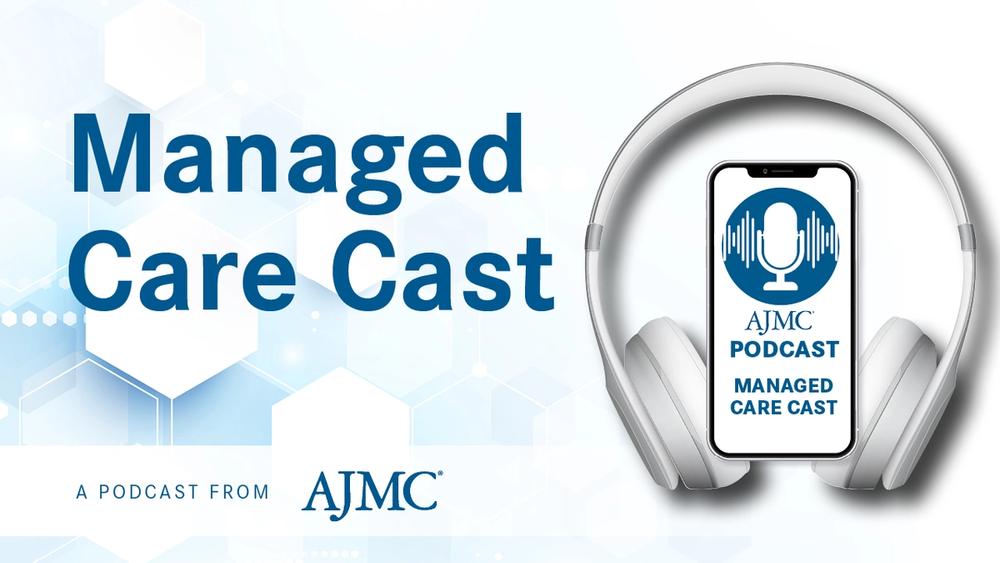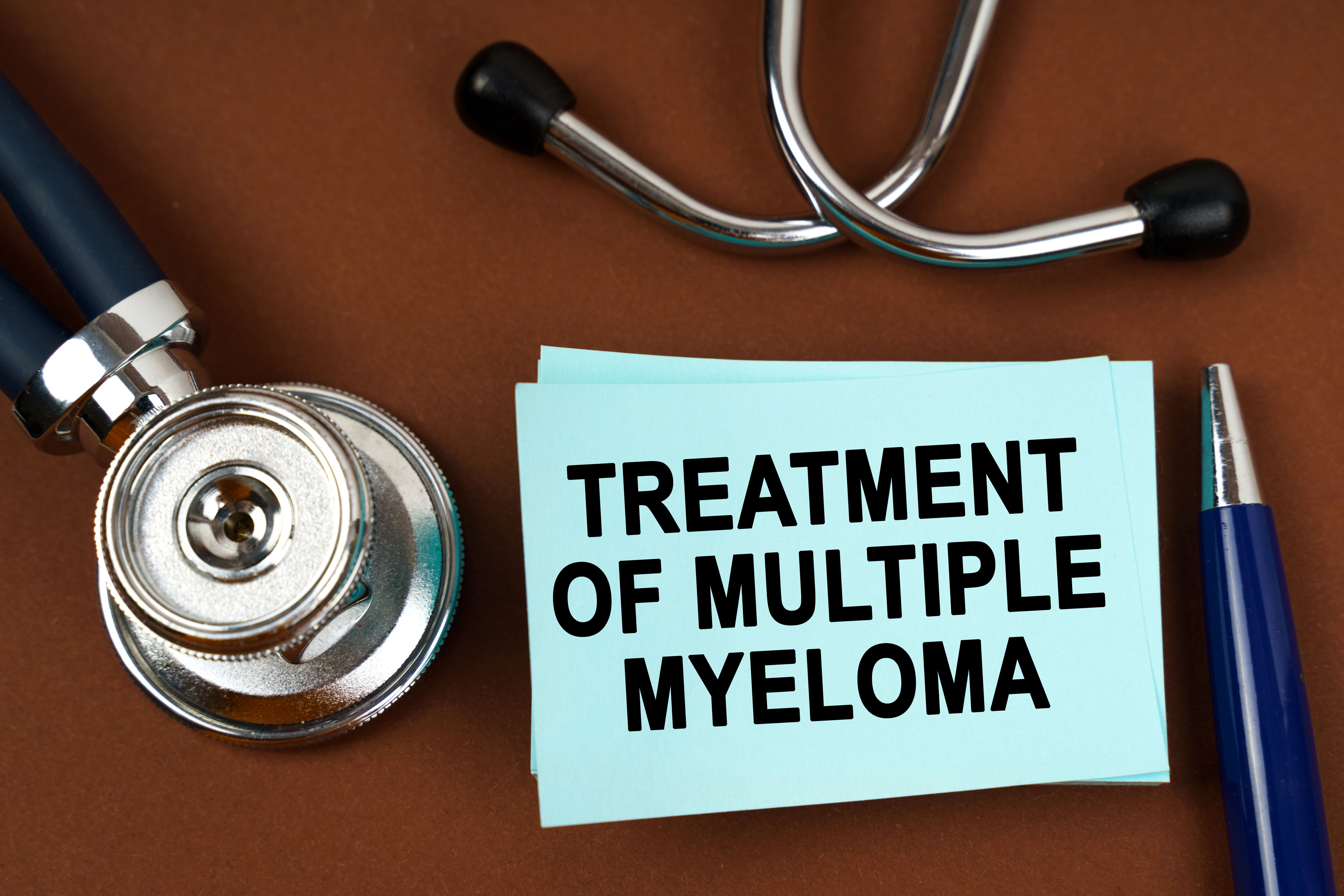Commentary
Video
Large Language Models Could Help Bridge Gaps in Cancer Nutrition Care: Julia Logan, BS
Author(s):
Julia Logan, BS, discusses the vital role of nutrition in cancer care, highlighting how artificial intelligence can enhance dietary recommendations for patients.
In this clip, Julia Logan, BS, an MD candidate at Sidney Kimmel Medical College, discusses the inspiration, methodology, and key findings of her study, "Bridging Gaps in Cancer Care: Utilizing Large Language Models for Accessible Dietary Recommendations," which she presented today at the American Association for Cancer Research Annual Meeting 2025.
This transcript has been lightly edited; captions were auto-generated.
Transcript
Before we dive into your study, can you describe the role of weight management in cancer care?
Weight management is a crucial part of cancer care throughout the whole continuum. For prevention, for example, maintaining a healthy weight can actually reduce your risk of developing cancer in the first place. Then, during treatment, getting adequate nutrition is vital for managing side effects, maintaining strength and energy, as well as supporting your body's ability to heal.
Post treatment, it's been shown in many studies that healthy weight management can lower the risk of recurrence and also improve overall long-term health outcomes. So, it's definitely an integral part of holistic cancer care.
Despite its importance, you noted in your study that oncology nutritional counseling is not typically covered by health insurance. What disparities does this create for patients?
This lack of routine insurance coverage for oncology and nutritional counseling definitely creates really big disparities for patients. Those with limited financial resources or not great insurance access lack access to this expert guidance from these registered dietitians who might specialize in oncology.
Then, this can lead to those patients maybe getting suboptimal nutritional intake. Then, as I mentioned, that can lead to potentially worse clinical outcomes. Essentially, this lack of access can create a 2-tiered system, where the people who can afford it are the ones who get it, and the people who can't afford it are the ones who don't.
Given these challenges, what alternative approach to delivering personalized dietary advice did your study explore, and what methods did you use to evaluate it?
To address these challenges, our study explored the use of large language models. Specifically, we studied ChatGPT and Gemini, which is the Google one, just to see if they could generate personalized dietary recommendations for patients with cancer.
What we did is we evaluated meal plans and grocery lists that were created by ChatGPT and Gemini against some from board-certified oncology dietitians. Our methods included providing these large language models with the same exact prompts that we provided to the dietitians. We varied parameters in some of the prompts, so we would say different ages, different cancer stages, we would give them different grocery stores to shop at, different locations, different budgets, just to name a few.
Then, we assessed the subsequently generated meal plans by the dietitians and the large language models based on several criteria. So, based on nutritional adequacy, so we were able to actually quantify the amount of calories and macronutrients in the meal plans generated, and then their adherence to certain dietary guidelines. We also looked over overall practicality and more qualitative observations.
Can you summarize your main findings? Were there any that surprised you?
Our main findings were that these large language models, like ChatGPT and Gemini, were definitely capable of generating personalized meal plans that were, in many cases, actually nutritionally comparable or even better than those generated by board-certified dietitians. This is kind of promising for patients who might lack access to specialized care.
What really surprised us most is how well the models could incorporate some of the parameters we varied—for one, culturally specific meals. Say a dietitian doesn't really have access or a lot of experience with Latin cooking, for example. Put it into a large language model; they have access to everything, so they were able to generate some pretty good-looking meal plans from that.
Also, when we gave a certain budget, a dietitian would probably have to look up prices of a lot of items, which can be really time-consuming for them, whereas these large language models can just, in real time, see exactly what the prices would be.




